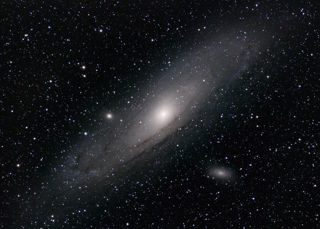
Walt Cunningham's NASA Inflight Coveralls, Jacket
Walt Cunningham's NASA Inflight Coveralls, Jacket
NASA inflight coveralls designed to be worn in conjunction with astronaut Walt Cunningham’s A1C spacesuit, during the Apollo programme. This garment would have been worn underneath the main part of the bulky pressure suit, and could also have been worn on its own to allow the astronaut more mobility and comfort when they were not required to wear the full spacesuit. Apollo astronauts often took publicity photographs wearing these more comfortable lightweight garments.At the beginning of the Apollo programme missions were designated into two Blocks: Block I missions would remain in Earth orbit, whilst Block II missions would be capable of flying to the Moon. Two Block I missions were scheduled, both of which would use a modified version of the Gemini G3C spacesuit manufactured by the David Clark Company. However, following the disaster on Apollo 1 (scheduled to be the first of these Block I flights), the spacesuit design was changed. The crew of Apollo 1 were wearing their A1C pressure suits for a routine launch rehearsal test on 27 January 1967, when a catastrophic fire in the Command Module led to the tragic deaths of Gus Grissom, Edward White and Roger Chaffee.
Following the disaster Walt Cunningham was moved onto the prime crew for Apollo 7, which would carry out the planned mission that Apollo 1 sadly never undertook. Apollo 7 was re-designated a Block II mission, after NASA decided that all crewed Apollo flights would now use Block II spacecraft, as many safety improvements had been made to the Command Module. In addition to this the design of the spacesuits to be worn also changed. ILC and Hamilton Standard designed the A7L spacesuit that would go on to be worn for the rest of the Apollo programme and had several upgrades, the most notable of which was being made with better fire-resistant materials. Cunningham would now wear an A7L spacesuit on Apollo 7, and this jacket was replaced with a modified version too. The Apollo 7 patch was added at a later stage for display purposes.
Cunningham flew as Lunar Module Pilot aboard Apollo 7, where, along with Wally Schirra and Donn Eisele, he achieved several notable firsts such as the first crewed Apollo mission, the first three-person American space mission and the first live televised broadcast from an American spacecraft. The mission was a complete technical success and would provide NASA with the confidence to launch Apollo 8 two months later, to travel around the Moon. However, despite being a successful mission, relations between the crew and ground control was fractious throughout the flight. There were several instances where Wally Schirra refused to carry out changes to the flight plan. Following the mission all three astronauts had blotted their copybook with senior staff at NASA. Cunningham and his two colleagues never flew in space again.
Many years later in 2008, the crew of Apollo 7 were awarded the NASA Distinguished Service Medal in recognition of the role Apollo 7 played in achieving the American goal of landing on the Moon. Up until then the Apollo 7 crew had been the only astronauts from the Apollo and Skylab programmes not to have been awarded this medal.
Video
Web resources
More information
Object number
2014-46.1
Location
Soyuz Lounge
Has this object been into space?
No
Dimension - Dimension, Value, Measurement unit
Height: 58.0cm
Width: 60.0cm
Material
Cotton
Nylon
Metal
Associated Organisation
National Aeronautics and Space Administration
Associated event
Apollo 7
Associated Person
Walt Cunningham
Object Production Date
September 1966
Object Production Organisation
David Clark Company, Inc.
Object Production Place
Massachusetts
Worcester
United States
On Display Status
On display
Copyright and Photos
Photography is shared via the license below.
However, some objects on this website are on loan to the National Space Centre and are being shared through the permission of their owners.
Commercial use of images from this website is not allowed without additional permissions being granted. To request permission to use images for purposes not covered in the license below, please contact [email protected]
Individual objects on loan to the National Space Centre may have additional copyright permissions, so advice should always be sought before use.
![]()
This work is licensed under a Creative Commons Attribution-NonCommercial 4.0 International License.




